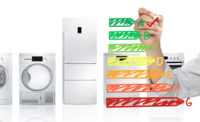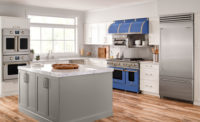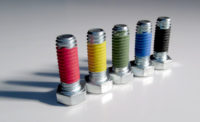In 1886, Josephine Garis Cochrane patented her design for the first automatic dishwasher. In 1908, the Hurley Machine Company of Chicago introduced the first electric-powered washing machine. In 1913, Fred W. Wolf’s invention of the first commercially viable electric refrigerator in the United States hit the market.
By the 1950s, most upper- and middle-class Americans were using these appliances in their homes. Today, the majority of homeowners still rely on them, with the big difference being that appliances now tend to us much more than we tend to them.
At the end of 2017, appliance DESIGN reached out to Whirlpool, GE Appliances, Electrolux, and LG to ask what was trending in the home appliance market for 2018 and why. Their responses touch on 10 prominent themes, enumerated here.
10. Minimalism
Jason Tippets, global brands design manager at Whirlpool, mentions a recent survey published by the National Kitchen & Bath Association, which indicates that contemporary styles with clean lines and little ornamentation will dominate kitchen design for the foreseeable future.
Bosch home appliance experts also point to minimalism as a trend, remarking in a statement that “customers view the cleanliness and appearance of a kitchen as a reflection of their inner self.”
However, the appearance of minimalism—sleek design, neutral colors, matte finishes—also appeals to consumers because it veils the appliances’ convoluted interiors, making the complex look simple.
“We’ve found that homeowners are looking for a modern or futuristic look,” says Tippets, “but with built-in technology that is subtle to the eye.”
9. Time-saving Features
Tippets also cites a recent survey conducted by Omnibus Research on behalf of Whirlpool’s Maytag brand that found American households spend more time on laundry than other household tasks.
Thus, Whirlpool offers two new washer-dryer solutions to help customers save time and energy: the Whirlpool Smart All-In-One Care Washer and Dryer Combo, which washes and dries laundry in the same machine and can be controlled remotely via the Whirlpool mobile app; and the Maytag Top Load Washer and Dryer, which has been tested to evenly dry loads up to 15 pounds so that families can wash more clothes at once and spend less time on laundry in general.
Consumers want to save time in the kitchen too, though concepts like precision cooking are still being developed by companies like GE.
“In the future, appliances will cook our food more precisely, making it easier for consumers to prepare their meals,” says Chris Bissig, manager of concept and brand development at GE Appliances. “Precision cooking takes out the intimidation of needing to program the oven; instead, your oven does it right every time.”
8. Openness
The popularity of open floor plans has changed the way that appliances are designed, particularly in the kitchen.
“When designing appliances, it’s important for us to think about being part of a broader environment, not just the kitchen—because today’s open floor plans mean that the kitchen is also a family gathering space, not just a room for preparing meals,” Tippets says. “Today’s kitchen appliances are blurring the line between furniture and machine.”
This is true with laundry machines as well, he continues, since new home designs often situate the laundry room in close proximity to the living room.
“We’ve started incorporating stainless steel elements to the console to reflect this commercial look and feel,” Tippets says.
In addition, Whirlpool’s Closet Depth Front Load Washer and HybridCare Heat Pump Dryer save space and offer installation flexibility.
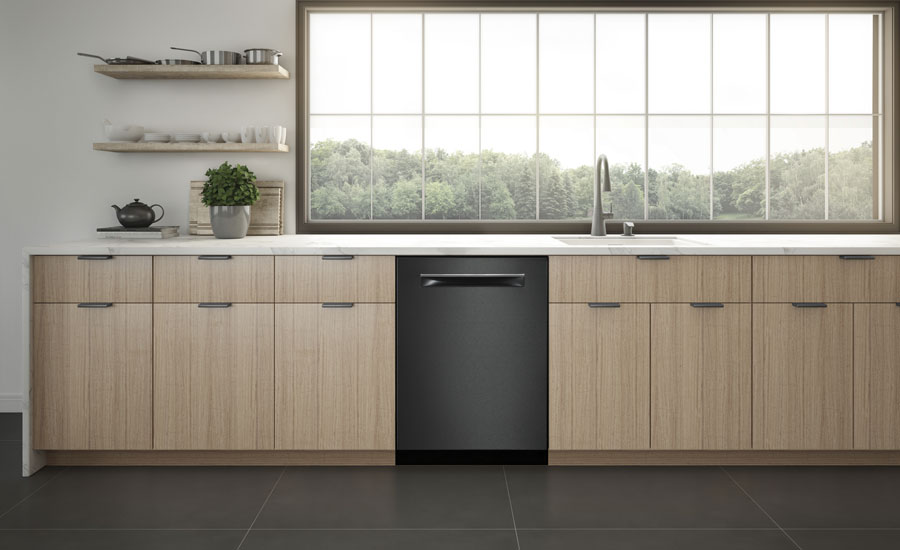
Bosch’s Black Stainless Steel Dishwasher. Source: Bosch
7. Increased Focus on the Laundry Room
Julie Muennich, director of marketing for GE Appliances’ laundry products, says that she’s seeing more chrome, technology and bright lights added to washers and dryers, as consumers want to see “more wow factors” when using them.
“The laundry room is no longer in the basement,” Muennich says. “In fact, it could be the first room in your home that friends and family see. Consumers are looking for a more stylish design and additional color options, [but] timeless metallic colors are still very on trend.”
Barry Waddilove, head of design for Electrolux North America, has noticed that consumers are experimenting with “multi-wear behavior” and are therefore looking for durable fabrics they can easily wash and dry at home.
“Dry cleaning is much less popular these days,” Waddilove says. “However, consumers also lead busy lives and are now more inclined to combine loads and mix fabrics. Athletic-wear is now mainstream, and consumers look for appliances that deliver great cleaning for all of their clothes.”
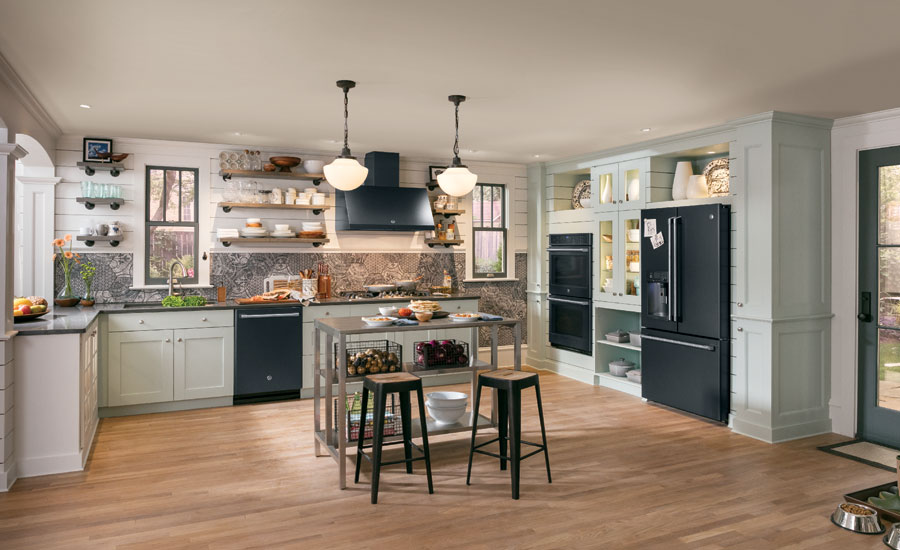
GE embraces “integrated kitchens” that connect to the IoT. Source: GE Appliances
6. Kitchen Appliances in Matte Black Stainless Steel
According to Tippets, Whirlpool was the first corporation to sell a line of Black Stainless kitchen appliances in 2014; and since then, this color, finish and material combination has become the hottest trend in kitchen hardware.
“Satin and matte finishes blend seamlessly with other materials in the kitchen, creating continuity from surface to surface,” Tippets says. “The days of high gloss and super reflectivity are over.”
Trending colors for stainless steel include rose gold, copper and champagne, though matte black is by far the most popular.
Jumping on the trend, LG recently launched a line of kitchen appliances featuring LG’s new Matte Black Stainless Steel finish. According to director of public relations Taryn Brucia, “the new line builds on the success of the popular black stainless steel finish and refreshes it for today’s design-focused consumer who has a keen eye for superior design, performance and connectivity.”
At Electrolux, Waddilove confirms that black appliances are “a major kitchen trend,” and often contrasted with cabinetry in white or grey.
“Black stainless in particular is hitting the mainstream; until now, this finish was only available on high-end appliances,” Waddilove says. “It is exciting for us to bring this finish to a wide consumer audience, whom we know are often on a budget and looking for practical yet very modern designs.”
Maggie Bellinger, the lead industrial designer for GE Appliances, says that black provides a richness to the kitchen and complements other colors nicely—especially when combined with a matte or slate finish.
“The stone effect of matte and GE Appliances’ Slate finish add a calming effect to kitchens,” Bellinger says. “As kitchens become more of a part of the living space, a softer appearance is needed and achieved with the matte look.”
5. Smudge-proof Finishes
A prominent feature of LG’s Matte Black Stainless Steel series is LG PrintProof, a fingerprint- and smudge-resistant finish that “easily wipes clean with a soft, dry cloth,” Brucia says, “without the need for special cleaners or constant attention.”
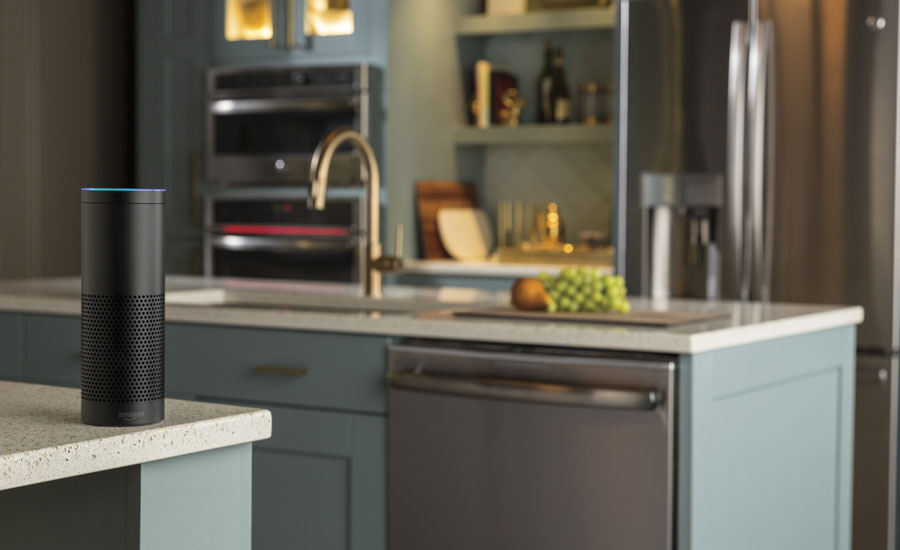
Whirlpool also offers a Fingerprint Resistant Black Stainless Steel kitchen suite, while the new Black Stainless Steel Dishwasher from Bosch guards against surface scratches caused by common items like wedding rings and keys, as well as fingerprints.
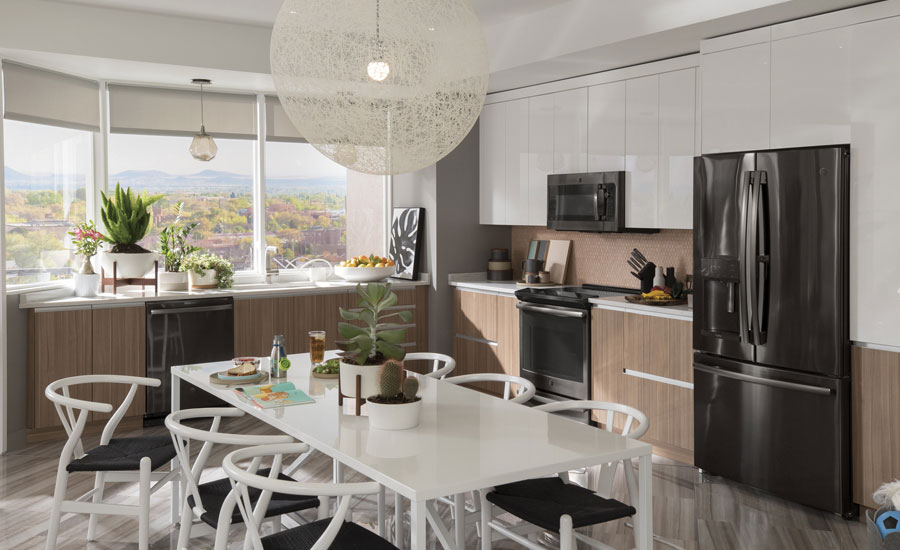
LG’s Matte Black Stainless Steel series. Source: LG Appliances
4. IoT-connected HVAC Systems
Calvin Kim, product manager for GE Appliances’ window A/C units, portables and dehumidifiers, says that he’s noticed consumers purchasing “a massive number” of Internet of Things (IoT) devices and investing in the technology. Because of this, Kim says he expects that connected features in the residential air conditioning market will continue to evolve in 2018 and beyond.
“Residential air conditioners will follow the connected trend, with more products to launch with connected capability that is controllable through Android or IoS platform devices,” Kim says. “We see this trend continuing to grow as the popularity of voice assist devices, such as Google Home and Amazon Echo, encourage more devices to be included as part of IoT ecosystems.”
3. Smart Monitoring
Consumers want connected appliances for convenience, peace of mind and optimal performance, says Bill Gardner, manager of Connected Integrations at GE Appliances.
For convenience, Gardner says, you can now schedule hot water for coffee with a Keurig K-cup brewing system, or preheat your oven using voice control and Geneva. Peace of mind can be achieved through Google Nest, as the app sends notifications when an appliance is left on or malfunctions when you’re away from home. To maintain optimal performance, the app also sends maintenance alerts and automatic software updates with the latest features and advanced diagnostics.
LG’s SmartThinQ technology also allows users to check the status of their Wi-Fi-enabled appliances and balance a myriad of household tasks through a single smartphone app.
“Gone are the days of wondering if the kids left the refrigerator door open, or constantly checking on laundry,” Brucia says. “Every LG appliance with SmartThinQ technology is built on an open platform, which means they’ll work with evolving smart technologies and devices for years to come.”
2. Predicting Needs to Enhance the “Consumer Experience”
At Whirlpool, Tippets says connected technologies sell because they make consumers’ lives easier, whether that’s by saving energy and water, making cooking and cleaning more intuitive or providing mobile efficiencies to make everyday tasks more conducive to busy lifestyles.
“Technology in the kitchen is commonplace now, so creating a meaningful connected experience is more important than showing off flashy technology,” Tippets says. “We know there is multiple screens in the kitchen; there are a relationship there that can be intuitive and meaningful.”
“As more products become connected,” he continues, “it’s important for manufacturers, builders and designers to be aware of other smart home products and become part of that ecosystem.”
Brucia also believes that the more consumers use smart appliances, the smarter the appliances will be: remembering usage habits and data to better anticipate specific needs.
“People lead busy lives and increasingly embrace technology to help them master it all,” Brucia says. “Consumers today are now relying on appliances that work harder and smarter; therefore, being able to offer form and function that fits the everyday hectic lifestyle is LG’s mission.”
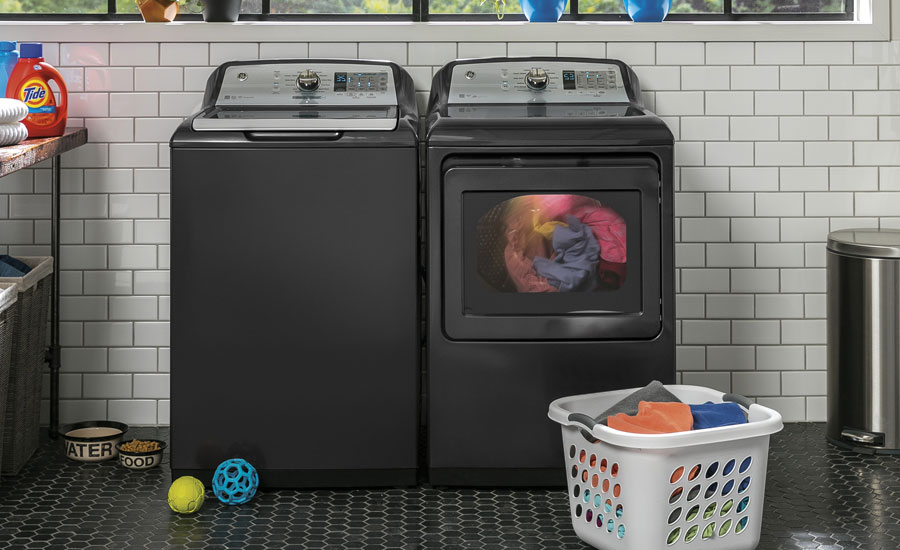
Waddilove speaks to a similar mission at Electrolux: to make busy consumers’ lives as stress-free as possible.
“Connected appliances are increasingly designed with real consumer experiences in mind,” Waddilove says. “We’re seeing a trend towards focusing solutions on key moments in the day where technology can help, like ‘coming home’ or ‘at the supermarket.’”
Electrolux’s Frigidaire consumers, for example, “crave simplicity and time savings,” Waddilove says, “so it’s important that connected technologies enable a clear benefit at opportune moments only, and don’t interfere with family time.”
1. The Completely Connected (and Comfortable) Home
According to a Smart Home Survey that Whirlpool conducted in late 2016, 69% of homeowners were familiar with the “smart home,” and almost half of homeowners claimed their home was currently “smart” (45%). Additionally, two-thirds (66%) of homeowners and 86% of parents said that their next appliance purchase is likely to be a smart appliance.
“Those insights are what drive our innovations, making home appliances more connected to our consumers than ever before,” Tippets says. “The connected home will change the way we live, enabling us to customize our environments with precision.”
“This doesn’t mean a cold, clinical or overly high-tech home,” Tippets continues. “Instead, it will introduce the idea of the ‘ambient home,’ a comfortable and connected space where all are welcome.”
Waddilove has noticed that in recent years, domestic appliances have followed consumer electronics in shifting away from a traditionally cold and hard-tech aesthetic. Rather, appliances have become increasingly influenced by fashion, homeware and more lifestyle-led trends that integrate more seamlessly into the consumers’ daily routines.
“As technology embeds further into our lives, we see the need for products to adopt warmer and more familiar aesthetics,” Waddilove says. “Warmer colors, matte finishes, soft surfaces instead of hard edges and even textile materials are all likely developments for future products.”


